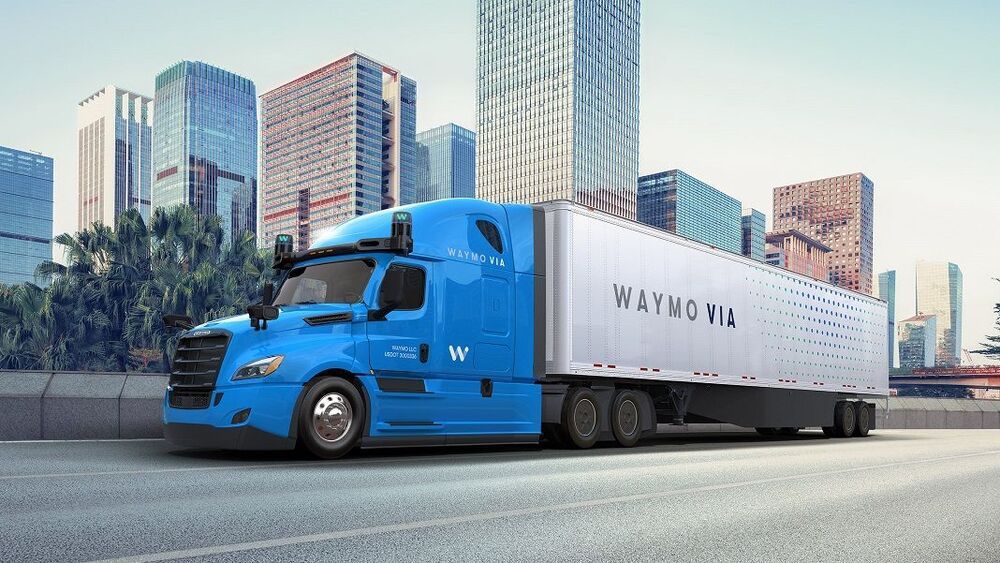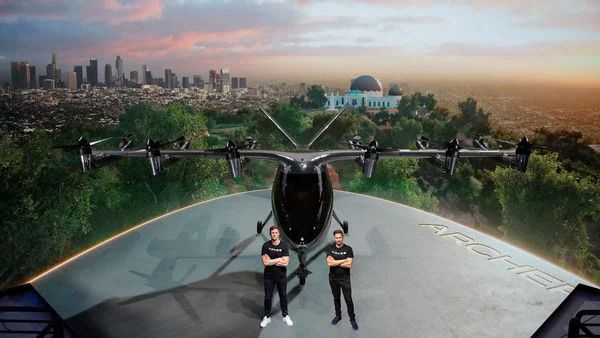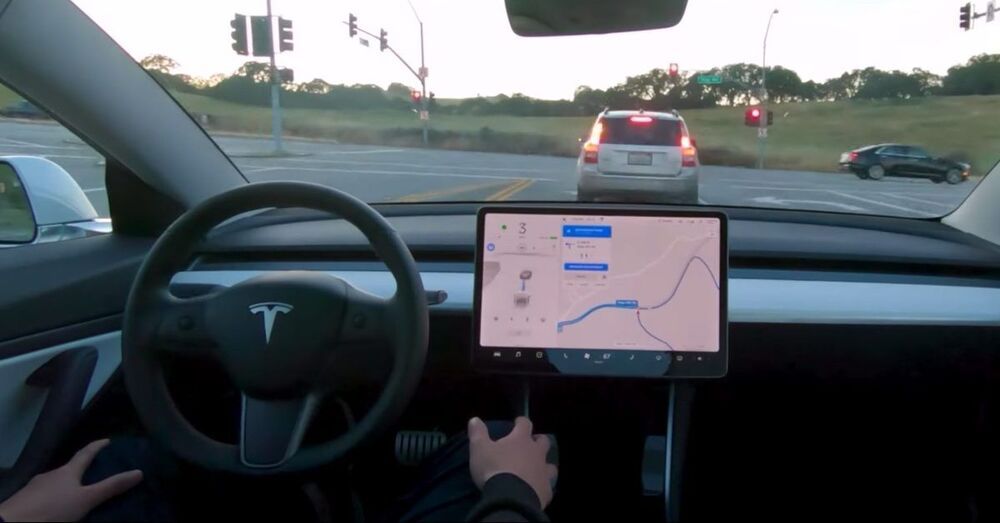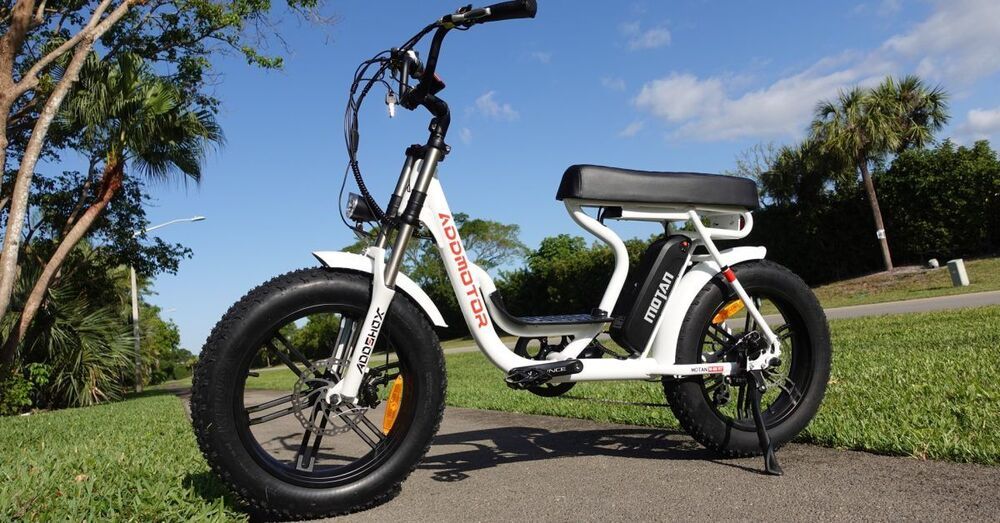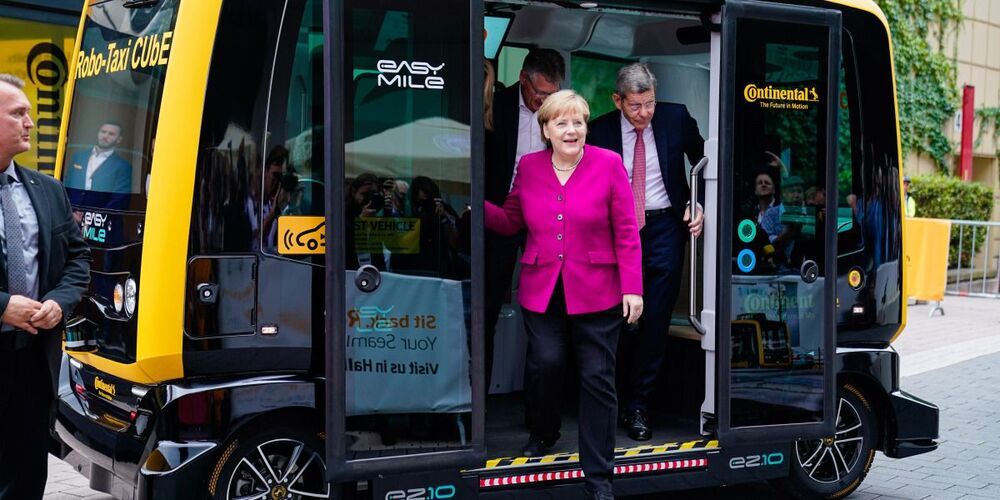Last month, self-driving technology company TuSimple shipped a truckload of watermelons across the state of Texas ten hours faster than normal. They did this by using their automated driving system for over 900 miles of the journey. The test drive was considered a success, and marked the beginning of a partnership between TuSimple and produce distributor Guimarra. This is one of the first such partnerships announced, but TuSimple may soon have some competition from another big player in the driverless vehicles game: Alphabet Inc. subsidiary Waymo.
Yesterday, Waymo announced a partnership with transportation logistics company JB Hunt to move cargo in automated trucks in Texas. The first route they’ll drive is between Houston and Fort Worth, which Waymo claims is “one of the most highly utilized freight corridors in the country.”
At around 260 miles long, much of the route is a straight shot on Interstate 45. The trucks will have human safety drivers on board who will likely take over some of the city driving portions, but the goal is to use the automated system as much as possible. A software technician will be on board as well, which makes sense given software will be doing the bulk of the driving.
